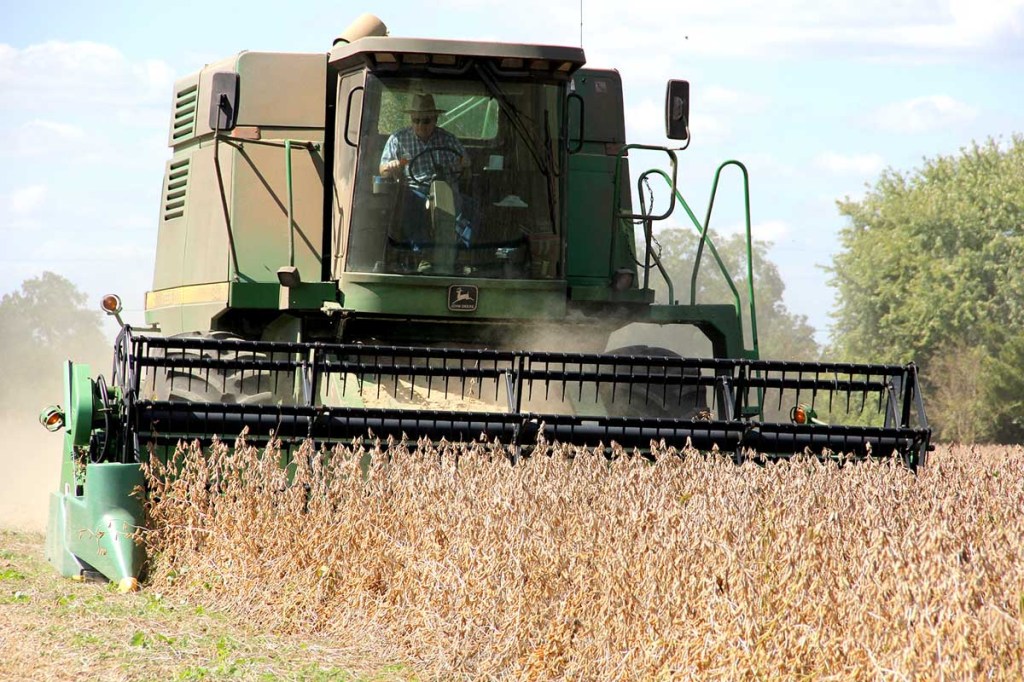Healthy harvest: Dry conditions favorable for cotton, other crops
Published 5:15 am Saturday, September 8, 2018

- Cullman County farmer Greg Key harvests his Alabama state record yield for dry land soybeans last year at 89.5 bushels per acre.
As dry conditions begin to creep into north Alabama, farmers have mixed views on the weather during harvest season.
For row-crop farmers, the dry weather will mean a healthier cotton crop, just as the pumpkin harvest has done well as late summer was minus prolonged periods of rain, said Eddie McGriff, agronomist with the Alabama Cooperative Extension office in Cullman.
“It’s not a drought for our region at this time, but we will see a healthy cotton crop at harvest when weather comes to this condition,” McGriff said. “If you see heavy, persistent rain at this point it can cause disease in the plants and reduce the harvest. This should be an excellent harvest.”
The pumpkin crop has also done well because of the weather. The spring and early summer produced heavy amounts of rainfall, which if it had continued into late season would have produced a negative impact. The drying came at a critical time and again provided a healthy crop for farmers, said Tony Glover, Cullman County Extension Service coordinator.
“Our cattle farmers would love to see a little more rain, but we have a lot of hay stored that was grown earlier in the season,” Glover said. “Those that planted the late-season fescue would rather rely more on it than the reserve, but at least we’re in good shape here with the backup supply.”
Depending on the weather trend, those that grow late-season crops such as greens, broccoli, cauliflower and leaf lettuce may see some problems, whether they are commercial farmers or backyard gardeners.
“Some farmers have good irrigation available, but for home growers they may have to water more,” Glover said.
Farmers also have late plantings of soybeans to be concerned about, while the early crop has been healthy.
McGriff said some amount of rain, such as what’s expected over the weekend, is not enough to hurt the cotton crop.
“It’s the heavier rains that persist with little drying time that would hurt right now, and that doesn’t seem to be in the forecast anytime soon,” McGriff said. “Everyone has different needs where rain is concerned; it depends on where you stand. If farmers controlled the weather we would have a fight all the time.”
The National Drought Mitigation Center released a report Thursday showing portion of five counties in northwest Alabama are in a moderate drought, while most of the Tennessee Valley is classified as abnormally dry. The state gained some rain from Tropical Storm Gordon as it came ashore.
October is historically one of the driest months in Alabama.





